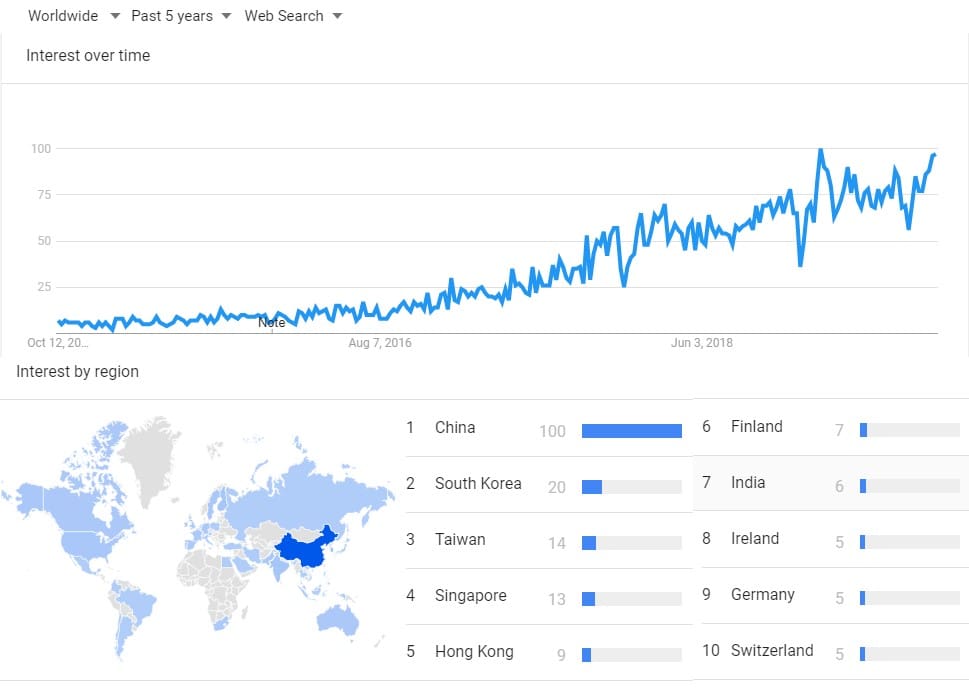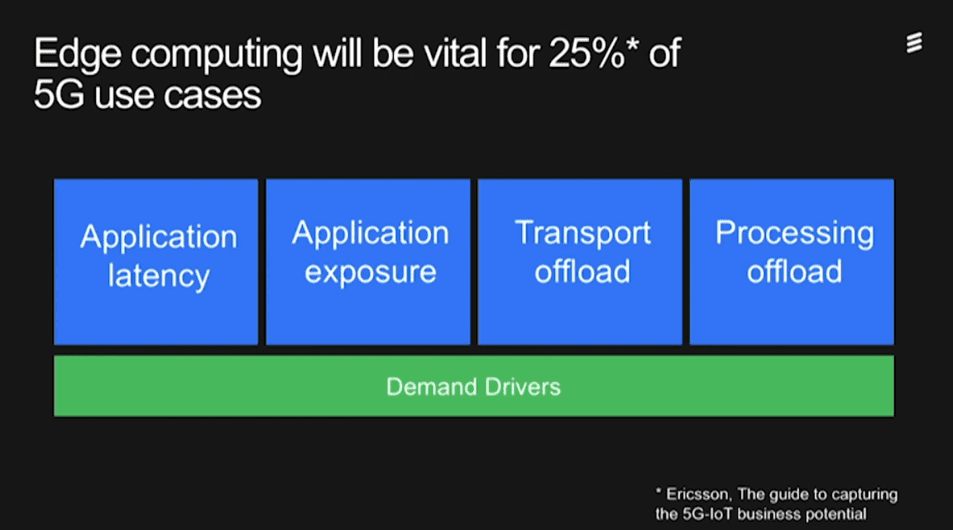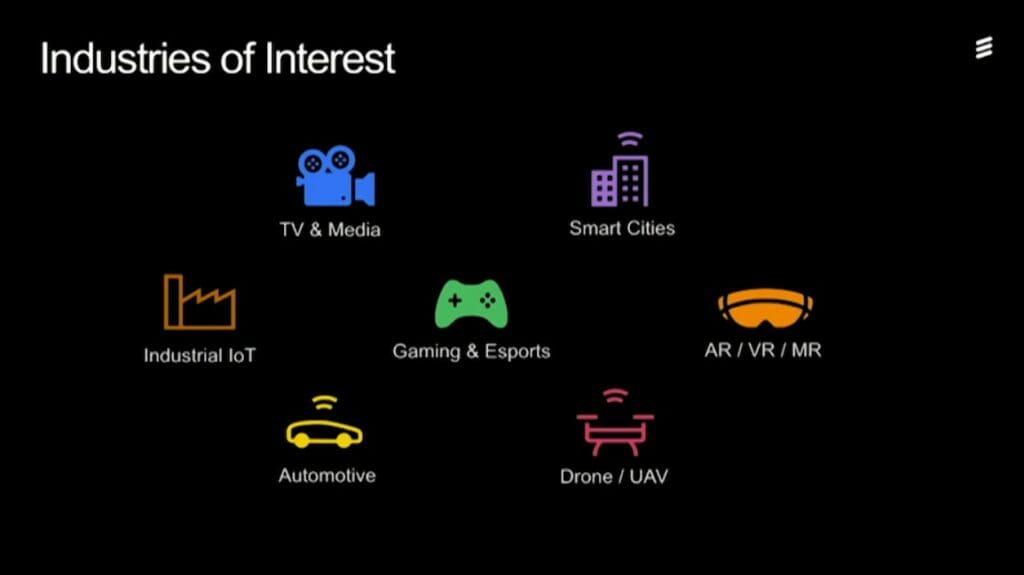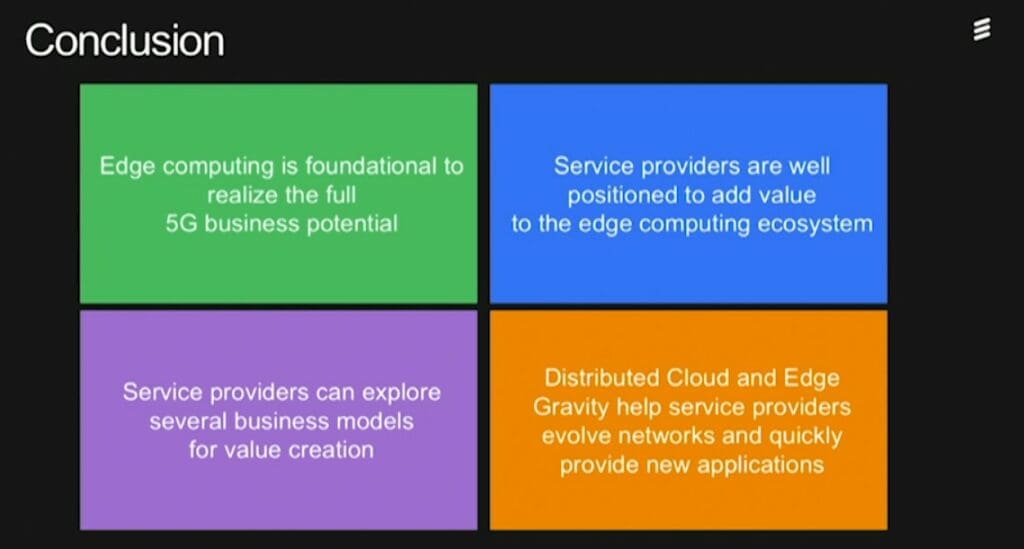Twitter Feed
US Army Cloud Computing Class at Ft. Gordon, GA
A few weeks ago I had the distinct pleassue of teaching yet another US Army cloud computing class. This time the venue was Ft. Gordon, GA and the students definitely…
78 Agency Services Identified for Cloud Transition
The Office of Management and Budget recently released a list of 78 projects slated for transition to cloud over the next year. The most common application, according to a FierceGovernmentIT,…
NGA Sets GEOINT Strategic Direction with Earth Builder
Last month Google and the National Geospatial Intelligence Agency started sharing details about their “GEOINT on Demand” collaboration. The project, named Earth Builder, was built specifically to enable NGA to…
Teleology Systems Introduces CloudeFX at DoDIIS
Next week at DoDIIS, NJVC will be showcasing a few of our government cloud computing partners. One of the most exciting of these is the Cloud Service Orchestration Framework by…
Cloud Computing Highlighted at DoDIIS 2011
Are you going to DoDIIS? Schedule for May 1-5, 2011 in Detroit, Michigan, the conference highlights the Defense Intelligence Agency’s (DIA) commitment to developing and maintaining secure and reliable networks for…
Washington DC a Cloud Computing Trendsetter!
A TechJournal South article last week named Washington, DC as a leading trendsetter in cloud computing. Citing a Microsoft sponsored survey, conducted by 7th Sense research, D.C. was highlighted as particullarly receptive…
Melvin Greer Cited by IBM for Cloud Computing Innovation
Congratulations to my good friend Melvin Greer for being awarded IBM’s first ever ACE Award!! “Melvin Greer, Lockheed Martin Senior Fellow has won IBM’s first ever Awarding Customer Excellence (ACE)…
“GovCloud: The Book” Launched at National Press Club Event
As many of you know, today marked the official launch of my first book – GovCloud: Cloud Computing for the Business of Government. Today’s venue was the National Press Club…
“Cloud Musings on Forbes” Launched!!
Today I published my first post on Forbes.com!! At the invitation of Bruce Upbin, Forbes.com editor, I will be contributing posts monthly. I see this not only as an honor,…
Tech America and INSA Form Cloud Computing Advisory Groups
Last week TechAmerica announced the formation of a “cloud computing commission” to advise the White House on the current plans to steer more than $20B worth of IT services toward…

Edge computing provides compute, storage, and networking resources close to devices generating traffic. Its benefits are based on an ability to provide new services capable of meeting stringent operational requirements by minimizing both data latency and the need for bandwidth. Based on Google trend data, searches for the term has also grown substantially over the past five years.

Recognizing that web searches are not (yet) the arbiter of all things real, it does indicate a rapid growth of interest in the term. Observations of the information technology industry show a similar trend among application developers, particularly those working in manufacturing, gaming, AR/VR, and automotive. Their work seems focused on the exploration of quite a few significant business opportunities arising from the introduction of edge computing and 5G. Communication service providers are also mimicking the interest by evolving their centralized NFV infrastructure to distributed cloud infrastructure to build out edge clouds handling telecom applications and third-party applications.
While all this activity does support the potential of edge computing and 5G, essential questions remain regarding the potential versus the reality of edge computing. This query was the focus of an Ericsson Digital webinar presentation by João Monteiro Soares, Strategic Solution Manager, Distributed Cloud Ericsson and Alan Evans, Senior Director of Innovation Strategy at Edge Gravity.
These two industry experts focused on four key areas:
- The value of edge computing to 5G networks;
- Service provider business growth;
- Industry early adopter use cases; and
- Profitable service provider business strategies.
Ericsson projects that this segment will draw 25% of a US$14B-US$129B 5G revenue opportunity anchors their edge computing profitability argument.

Realized numbers depend on specific industry solutions and the rate of user adoption. They argued that telecommunications providers are key players in getting the solutions in place through the investment decisions they make today on testing and validation of relevant technologies, concrete business cases, and business model feasibility. Experiments should be executed to determine the:
- architectural positioning of industry dependent workloads;
- extendibility of centralized national architectures to regional and local access sites;
- deployment of NFVI centralized clouds throughout the network and to the edge;
- pros and cons of centralized services from a distributed cloud; and
- end-to-end service provider execution environment.
All of these functions require network transformation and a concerted collaboration effort around building broader, industry vertical ecosystems. All of these activities represent significant departures from the traditional telecommunications sales approach based on capital expenditure and acquisition of industry vertical appliances.
Early adopters of edge computing have discovered that the more lucrative path is towards the provisioning of industry vertical tailored on-demand services that are tempered by various maturing technologies and regulatory environments. This future state supports the operational expenditure of funds by telco customers for the consumption of virtual resources. From an infrastructure perspective, the goal should be establishing a virtualized mobile core in a true cloud-native manner. Customization, network slicing, and infrastructure platform services will all combine to enable service providers to deliver solutions across all multiple verticals, leading ones of which include:
- Gaming and entertainment;
- AR/VR Mixed Reality;
- Critical IoT;
- Smart Manufacturing; and
- Smart Automotive

To monetize future business models, service providers need to innovate towards the delivery of new services. This journey argues for a platform that is also open to innovation by third parties on top of the foundational network. Service aggregation and revenue sharing are also critical components of these new business models. Telco service provider strategies should encompass both a global industry ecosystem positional view and a local service focus on enhanced regional bandwidth and latency reduction. Technology development remains essential, but it needs to take a back seat to strategic business development activities. This challenging path requires real cultural change that counters the historic technology focus and embraces industry vertical competence and values extended vertical industry ecosystems.

Seventy to eighty percent of the required technology seems to be in place. The remaining technological requirements are determined through industry vertical use case testing across live 5G network environment. I came away from the webinar fully convinced that edge computing is indeed a real opportunity. Revenue and profit realization, however, requires joint development of industry-focused ecosystems by business application developers and telecommunications providers. They must establish joint strategies and specific use case roadmaps today or risk being left behind by their competition. The upcoming SDN World Congress promises to be a crucible for the development and testing of profitable edge computing business models. I can’t wait to find out more about how the most innovative service providers use Ericsson solutions to establish their leadership in this brave new world.

Cloud Computing
- CPUcoin Expands CPU/GPU Power Sharing with Cudo Ventures Enterprise Network Partnership
- CPUcoin Expands CPU/GPU Power Sharing with Cudo Ventures Enterprise Network Partnership
- Route1 Announces Q2 2019 Financial Results
- CPUcoin Expands CPU/GPU Power Sharing with Cudo Ventures Enterprise Network Partnership
- ChannelAdvisor to Present at the D.A. Davidson 18th Annual Technology Conference
Cybersecurity
- Route1 Announces Q2 2019 Financial Results
- FIRST US BANCSHARES, INC. DECLARES CASH DIVIDEND
- Business Continuity Management Planning Solution Market is Expected to Grow ~ US$ 1.6 Bn by the end of 2029 - PMR
- Atos delivers Quantum-Learning-as-a-Service to Xofia to enable artificial intelligence solutions
- New Ares IoT Botnet discovered on Android OS based Set-Top Boxes
